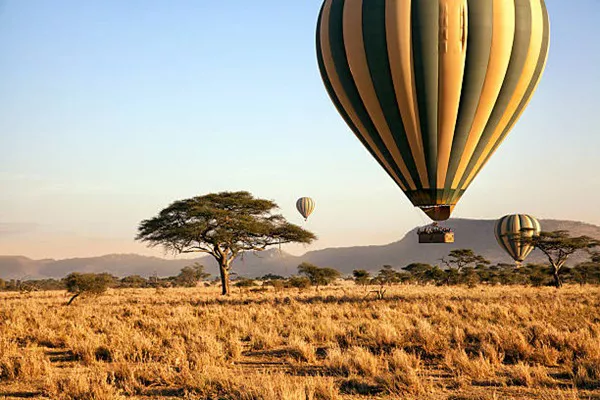
Embarking on a safari to the Serengeti is a dream for many, and choosing the right time to visit is crucial for an optimal experience. The Serengeti, renowned for the Great Migration and its diverse wildlife, offers a spectacle that varies throughout the year. In this complete guide, we explore the nuances of the Best Time to Visit Serengeti, taking into account the different seasons and the unique attractions each period presents.
The dry season, spanning from June to October, is often considered the Best Time to Visit Serengeti. During these months, the weather is relatively stable with lower chances of precipitation. Clear skies offer excellent visibility for wildlife viewing and photography, making it an ideal time for safari enthusiasts.
The dry season coincides with the Great Migration, a mesmerizing natural phenomenon where millions of wildebeest and zebras move in search of water and fresh grazing. Witnessing this spectacle is a highlight of visiting the Serengeti during the dry season.
While the wet season, from November to May, sees higher precipitation, it has its unique advantages. This period is often quieter with fewer tourists, allowing for a more intimate safari experience. The landscapes transform into lush greenery, creating a picturesque setting.
The wet season is an excellent time for birdwatching as migratory birds flock to the Serengeti. The varied bird species, including flamingos and raptors, make it a paradise for bird enthusiasts.
The dry season is the high season in the Serengeti, attracting a higher number of visitors. While this period offers optimal wildlife viewing, it's advisable to plan and book well in advance to secure accommodations and permits.
The months of November and April fall in the shoulder seasons, marking the transition between the wet and dry seasons. During these periods, you can enjoy a balance of wildlife viewing and tranquility with fewer tourists.
May represents the low season in the Serengeti. While rainfall may occur, it is an excellent time for budget-conscious travelers seeking a quieter safari experience. The landscapes are vibrant, and wildlife is still abundant.
Booking accommodations well in advance is crucial, especially during the high season. Many lodges and camps offer stunning views of the Serengeti, providing an immersive experience.
Pack accordingly based on the time of year. The dry season can be colder, requiring layers, while the wet season may demand waterproof clothing. Sunscreen and a hat are essential for protection against the African sun.
Both seasons offer unique safari activities. While the dry season is optimal for game drives, the wet season allows for diverse experiences, including hot air balloon rides and boat safaris along rivers.
Determining the Best Time to Visit Serengeti depends on your preferences and the type of experience you seek. Whether you opt for the drama of the Great Migration during the dry season or the tranquility of lush landscapes in the wet season, the Serengeti promises an unparalleled safari adventure. Understanding the nuances of each season ensures that your visit aligns with your expectations, providing you with memories of the extraordinary wildlife and landscapes of this iconic destination.